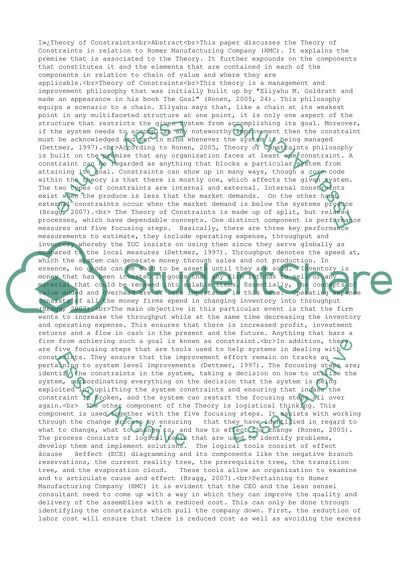Theory of Constraints Research Paper Example | Topics and Well Written Essays - 750 words. Retrieved from https://studentshare.org/business/1456604-theory-of-constraints
Theory of Constraints Research Paper Example | Topics and Well Written Essays - 750 Words. https://studentshare.org/business/1456604-theory-of-constraints.


